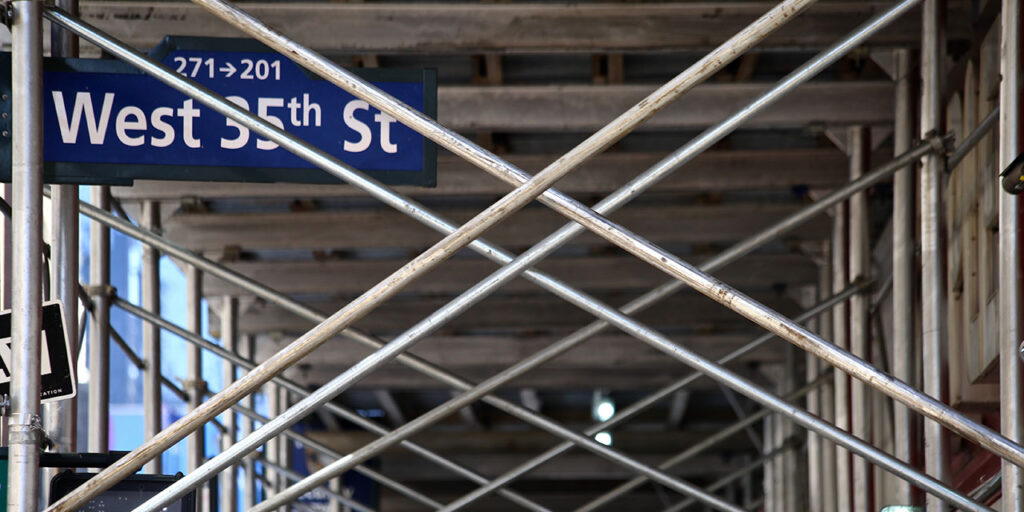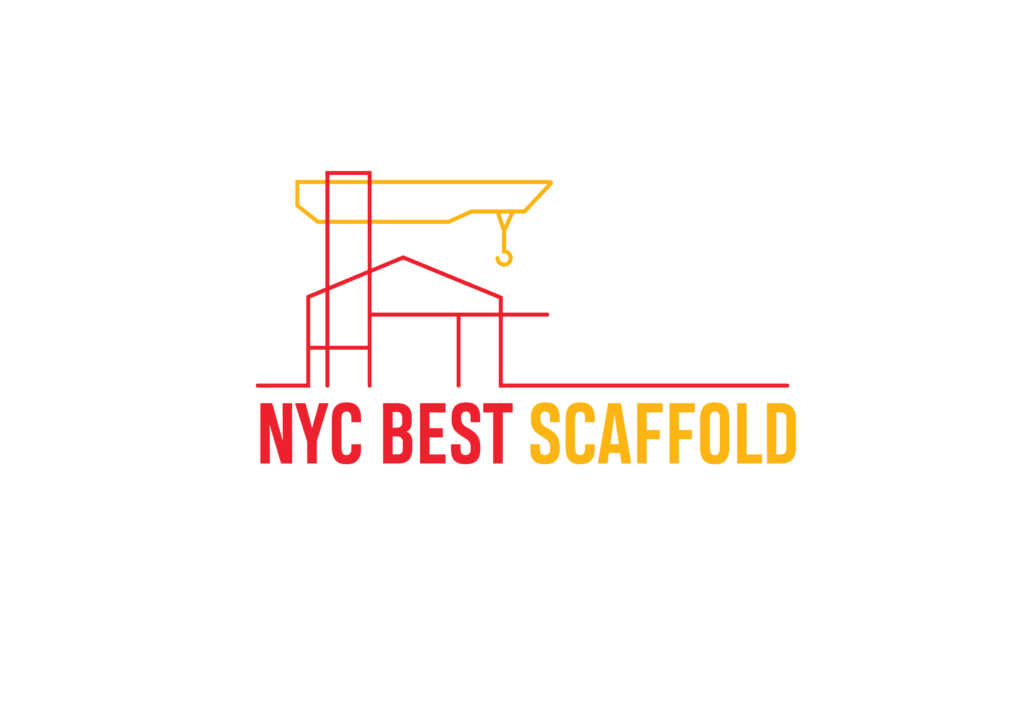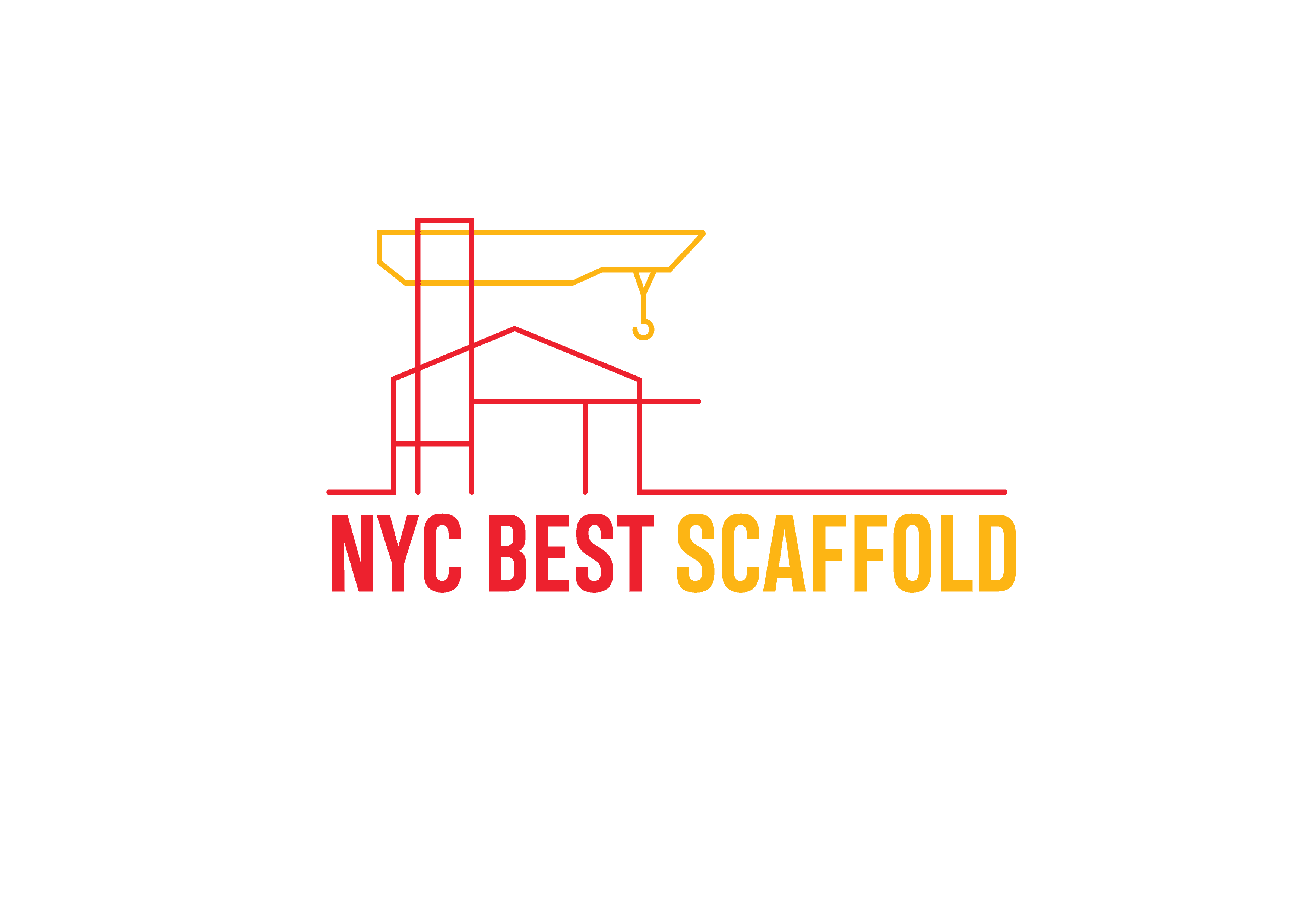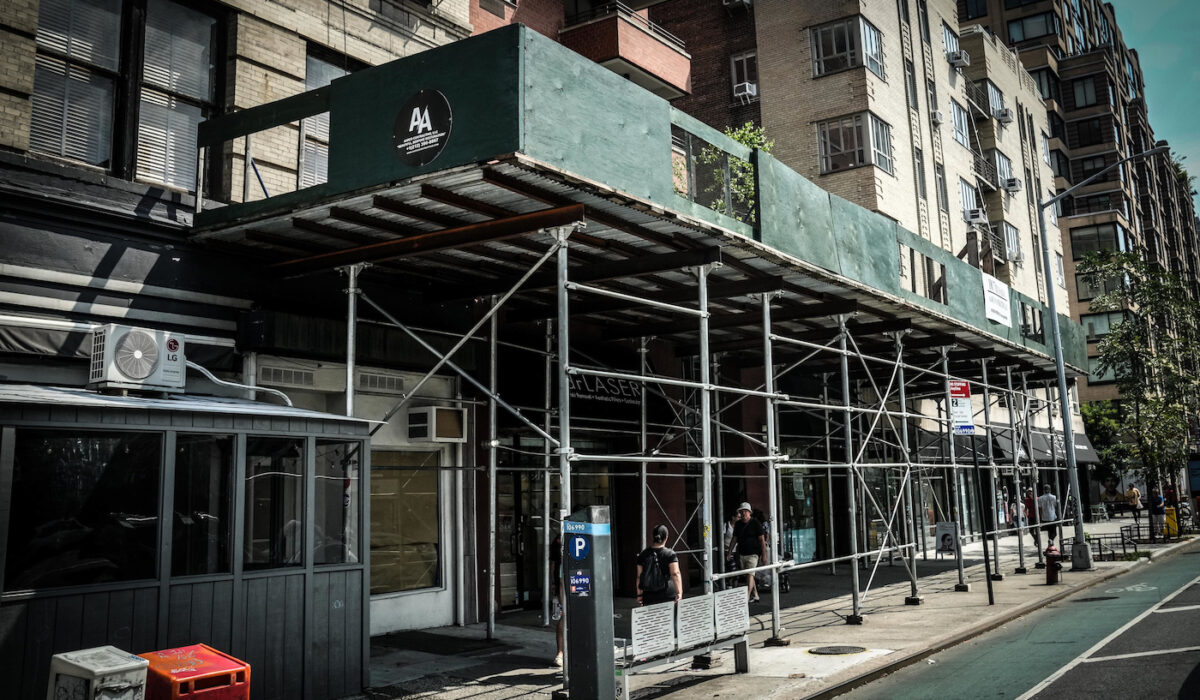Sidewalk sheds, also known as scaffolding or sidewalk scaffolding, are temporary structures constructed alongside buildings to protect pedestrians from falling debris during construction, maintenance, or renovation work. These structures serve a vital role in ensuring public safety and maintaining the integrity of urban environments. Understanding the requirements, regulations, and construction processes associated with sidewalk sheds is essential for developers, contractors, and city planners. In this article, we delve into the intricacies of Sidewalk Shed requirements, exploring safety standards, regulatory frameworks, and best practices in construction.
The Purpose and Importance of Sidewalk Shed
Definition and function:
Sidewalk service Nyc are temporary structures erected on public sidewalks sheds NYC to protect pedestrians from potential hazards posed by construction activities overhead.
Safety considerations:
They shield pedestrians from falling debris, tools, or construction materials and provide a safe passage along sidewalks.
Regulatory compliance:
Most municipalities mandate the installation of sidewalk sheds for any construction or maintenance work that could pose a risk to public safety.
Regulatory Framework for Sidewalk Sheds
Local building codes:
Cities and municipalities have specific regulations governing the construction, design, and placement of sidewalk sheds. These codes ensure compliance with safety standards and structural integrity.
Permitting process:
Developers and contractors must obtain permits from relevant authorities before erecting sidewalks sheds NYC. Permitting involves submission of plans, structural calculations, and adherence to zoning requirements.
Inspection and compliance:
Regulatory bodies conduct inspections to ensure that sidewalk sheds meet safety standards and comply with approved plans. Non-compliance may result in fines or work stoppages.
Design and Construction Requirements

Structural stability:
Sidewalk Shed NYC must be designed to withstand environmental factors such as wind, snow, and seismic activity. Structural engineers calculate load capacities and design elements accordingly.
Material selection:
Construction materials should be durable, weather-resistant, and compliant with local building codes. Common materials include steel, aluminum, and wood.
Accessibility:
sidewalks sheds NYC must provide unobstructed pedestrian pathways and adhere to accessibility guidelines for individuals with disabilities.
Aesthetic considerations:
While primarily functional, sidewalk sheds should also blend harmoniously with the surrounding urban landscape. Design elements such as color, signage, and lighting contribute to aesthetic appeal.
Challenges and Innovations in Sidewalk Shed Construction
Time and cost implications:
Erecting and maintaining Sidewalk shed NYC can be costly and time-consuming for developers and contractors. Innovations such as modular construction and advanced materials aim to streamline the process and reduce expenses.
Sustainability:
There is growing interest in incorporating sustainable practices into sidewalk shed construction, including the use of eco-friendly materials and energy-efficient lighting.
Technological advancements:
Emerging technologies like Building Information Modeling (BIM) and drone surveillance enhance the design, planning, and monitoring of sidewalk shed projects, improving efficiency and safety.
Maintenance and Removal
Regular inspections:
Sidewalk sheds NYC require periodic inspections to ensure structural integrity and compliance with safety standards. Maintenance activities may include cleaning, repair, and reinforcement.
Timely removal:
Once construction or maintenance work is complete, sidewalk sheds should be promptly dismantled to restore pedestrian access and minimize disruption to the surrounding area. Failure to remove sheds in a timely manner may incur penalties.
Case Studies and Best Practices
Successful implementations:
Case studies highlighting effective sidewalk shed projects demonstrate best practices in design, construction, and maintenance. Lessons learned from these examples can inform future initiatives and improve industry standards.
Community engagement:
Involving local stakeholders and communities in the planning and design process fosters transparency and collaboration, leading to better outcomes for all parties involved.
Conclusion

Sidewalk sheds NYC play a crucial role in ensuring public safety and mitigating risks associated with construction activities in urban environments. By understanding the requirements, regulations, and best practices associated with sidewalk shed construction, stakeholders can contribute to safer, more resilient cities. Compliance with regulatory frameworks, adoption of innovative technologies, and commitment to sustainability are key drivers for the continued improvement of sidewalk shed infrastructure with NYC Best Scaffold. As cities continue to evolve and grow, prioritizing pedestrian safety remains paramount, making sidewalk sheds an indispensable component of urban development.

